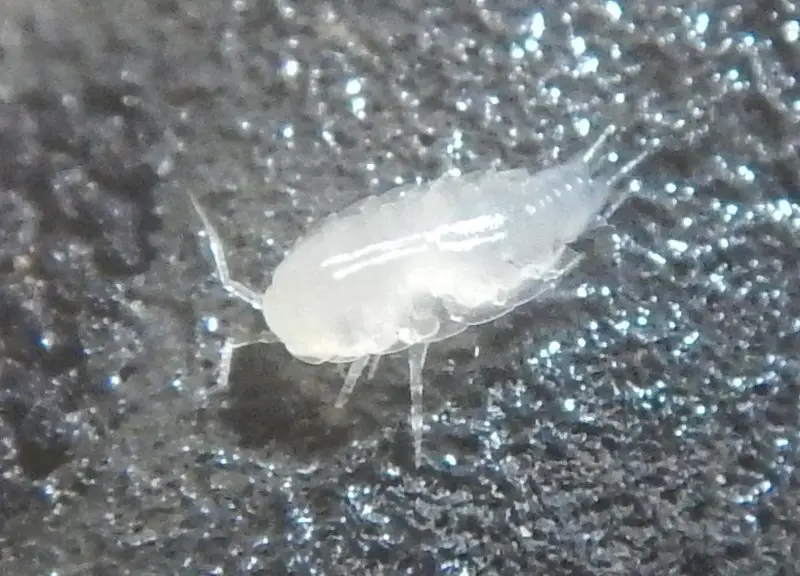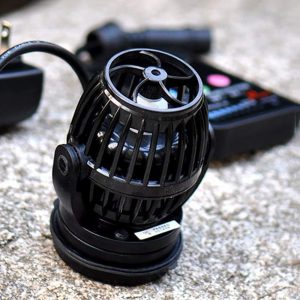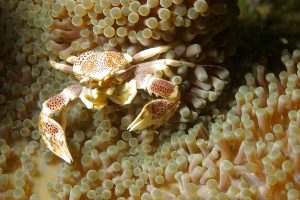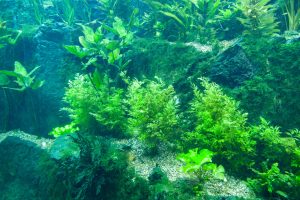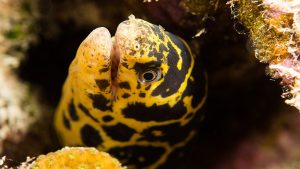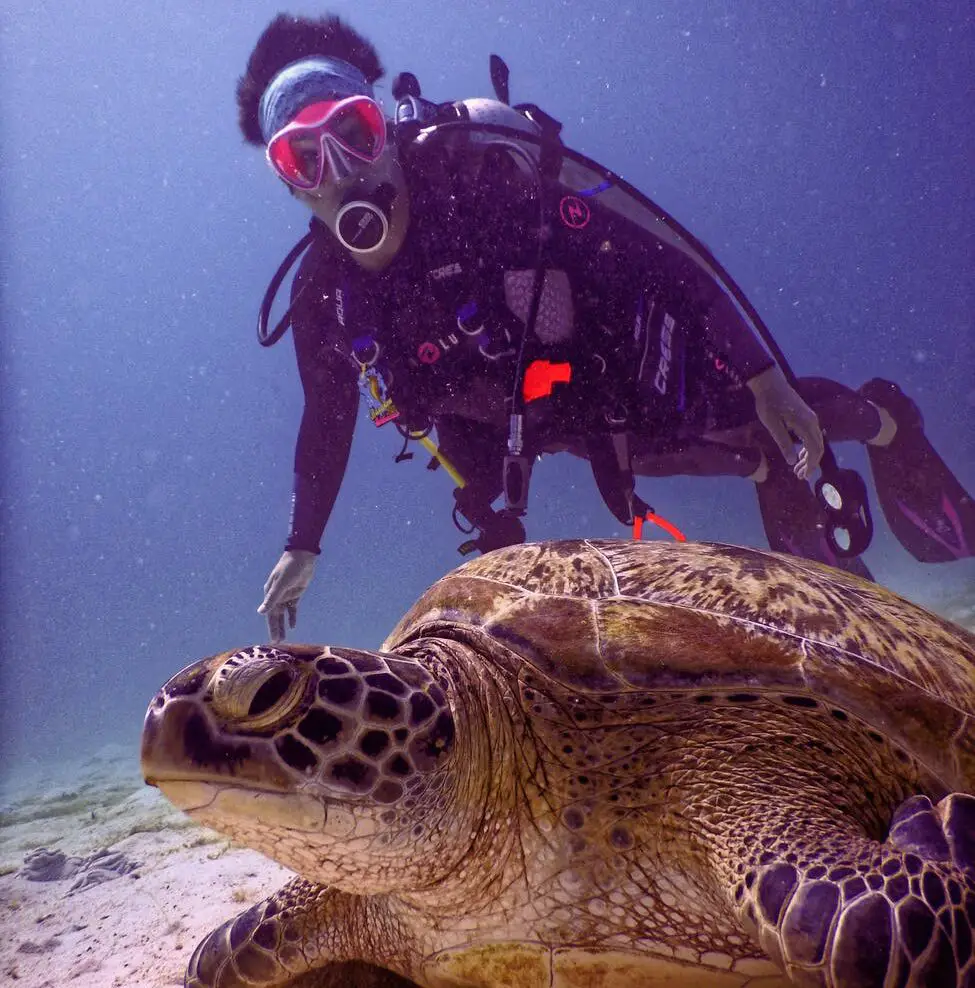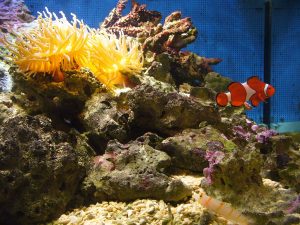If you have found little white bugs, almost like little worms, in your turtle tank, then do not worry – you are not the first. Many turtle tanks have worms, as do other aquariums, in fact. However, just because they are common, that does not mean that they can stay. In fact, it is imperative that you get rid of these little worms.
The worms or bugs are commonly known as detritus or planaria. Sadly, they are a sign that the tank is not clean. Even if the tank generally looks clean, these little worms only appear if the water is not fresh enough. They can appear from dirty filters, organic waste from within the tank, or something else.
Detritus worms tend to be harmless; however, given that they are a sign of an unclean tank, it is best to deal with them relatively quickly. However, planaria worms are carnivorous and will attack your turtles. Therefore, it is of the utmost importance that you deal with the worms accordingly.
How to get rid of them?
Since there are two types of worms, there are also two methods of dealing with them. Generally speaking, the detritus worms are fine with the turtles, and actually being beneficial for eating some matter in the tank, you do not need to worry about getting rid of all of them.
However, in order to ensure that there is a good balance in the tank and not too many detritus worms, ensure that you clean the water in the tank more frequently and do not overfeed the turtles. It could also be a good idea to invest in a better filtration system, should it be necessary.
The planaria will need dealing with quickly and efficiently. One of the best ways of getting rid of them is by using meat as bait. Ensure that the tank is in a dark room, and leave the meat in a mesh bag.
You will notice the planaria rushing to get onto the meat, at which point you can remove them. You may have to repeat the process several times until you notice a change in the tank.
Why does my turtle tank smell like rotten eggs?
As clean as turtles generally look, they can be dirty creatures, and their tanks definitely need attention regularly! One of the worst things about keeping turtles in tanks can be the smell, and if left for too long, turtle tanks can quickly start to smell terrible, even like bad eggs. It’s all to do with old food, turtle poop, algae and more.
From the food to the algae, even to the turtles themselves, a combination of different elements in your turtle tank could easily be causing the bad smell in there.
Therefore, it is important for you to ensure that that does not happen frequently. The bad smell will not only upset you, but it also indicates that the tank is dirty and therefore is not suitable for the turtles inside.
Therefore, ensure that your tank is big enough for the number of turtles that you have, for their species, and that it is regularly cleaned. Ensure that you do not overfeed your turtles, too, and leftover food can leave a terrible smell.
Why does my turtle tank get dirty so fast?
There are multiple reasons why your turtle tank could be getting dirty fast. It could be due to inadequate tank size, feeding issues, or simply that bacteria find abundant opportunities to grow. Ultimately, it’s these microbes that are causing the foul stenches in your tank.
First, it could be that your tank is too small for the number of turtles that you have. This will therefore lead to more mess, and will therefore need to be cleaned more frequently. If that is the case, then opt for a bigger tank. The tank will still need to be regularly cleaned, but the turtles should be in a better-smelling environment, and you will have a little longer between cleanings.
It could also be that you are overfeeding your turtles. If there is too much food leftover in the tank, then it is because the turtles simply cannot eat all of it, and therefore the food goes rotten, thus potentially bringing insects, germs, and dirt.
Finally, your tank could be placed too close to a window. Having a turtle tank too close to a window has proven to create more algae in the tank faster. Therefore, place the tank away from the window and see if that has a beneficial impact on the cleanliness of the tank.
Can I use Dawn to clean my turtle tank?
Since you have to clean your turtle tank regularly, it is important to know what products you should use. Of course, all of us would like to be able to use any kind of soap or detergent, as they are easy to come by, relatively cheap, and smell pretty good! But, no – you should never use Dawn or any other kind of general soap or detergent to clean your turtle tank.
These kinds of products can leave behind chemicals, even the smallest traces of them, that can be damaging to your turtles.
Instead, opt for cleaners that have been specifically designed for turtle tanks. There are plenty to choose from in certain pet stores and even online.
How do I get rid of bubbles in my turtle tank?
There are multiple reasons why there could be bubbles in your turtle tank. One of the most common problems that create bubbles in tanks is ammonia. The ammonia is present in the turtles’ urine and can become too much for the tank, especially if you are using a new filter. The filter will not yet have gathered enough bacteria to ensure that it can properly handle the ammonia.
Therefore, there are two ways that you can handle this. You would leave it for a little longer, allowing the filter to become better accustomed to its environment.
However, given that ammonia really isn’t the best thing for any creature, it would also be wise to clean out your turtle tank more frequently until the problem slows down enough.
